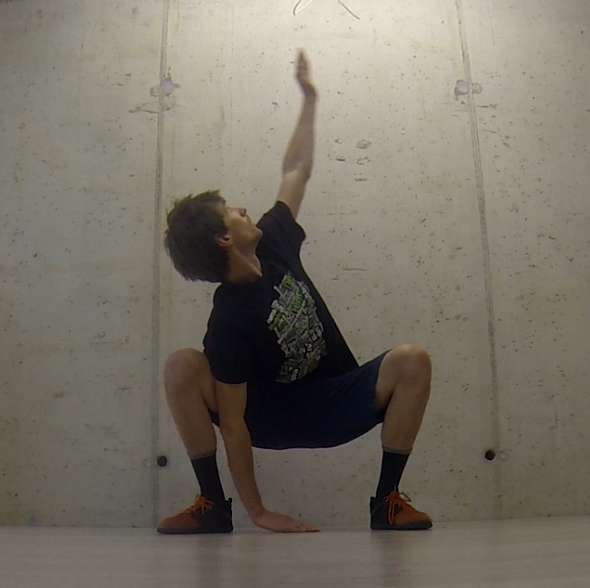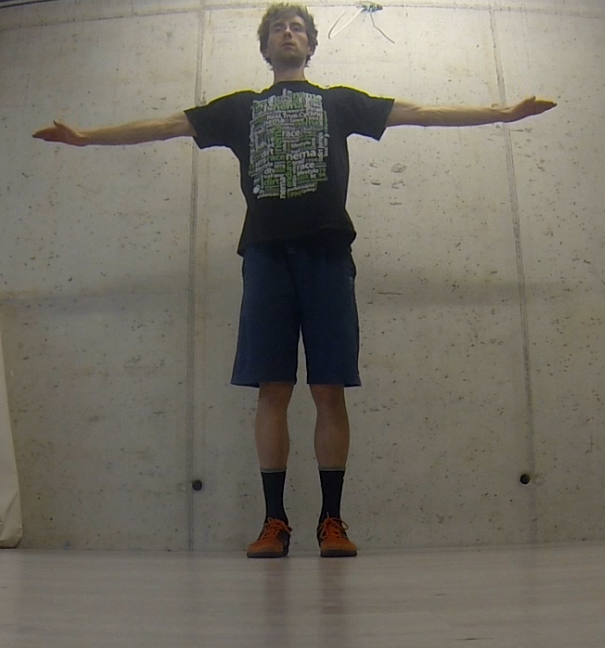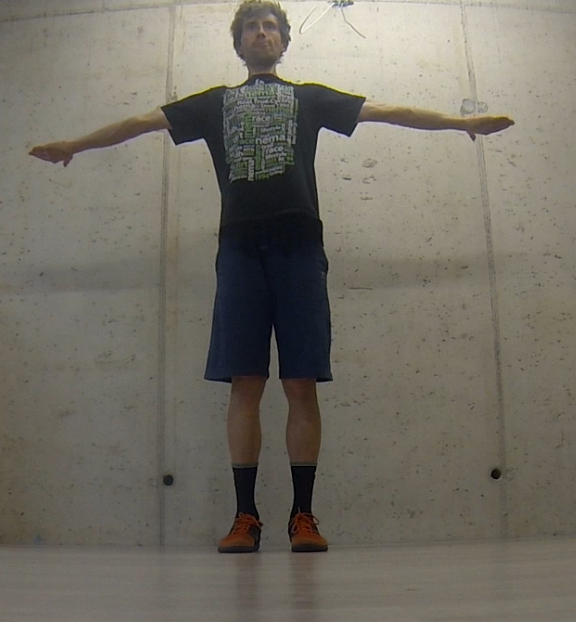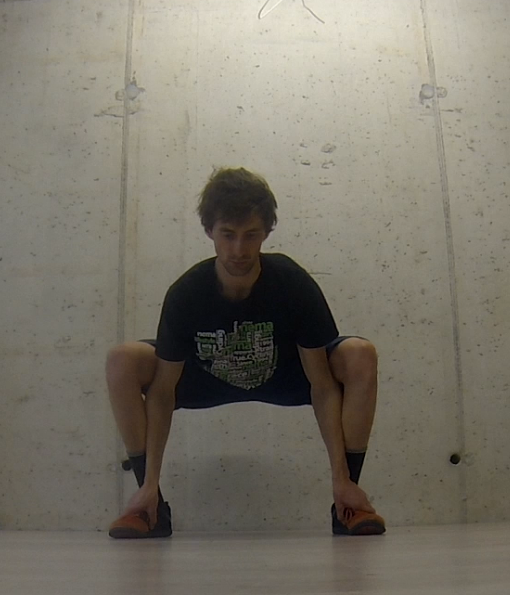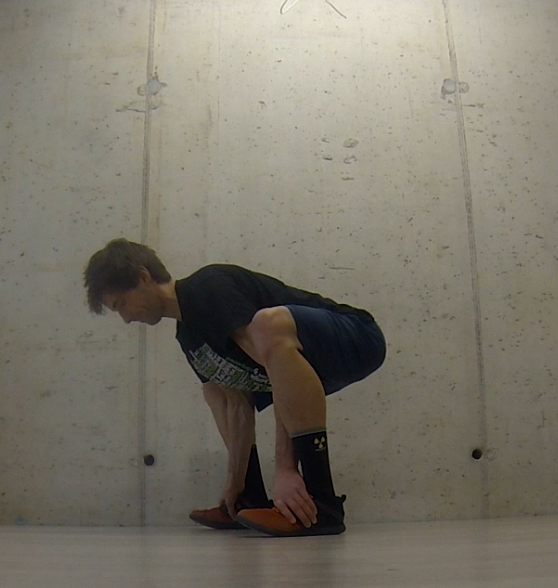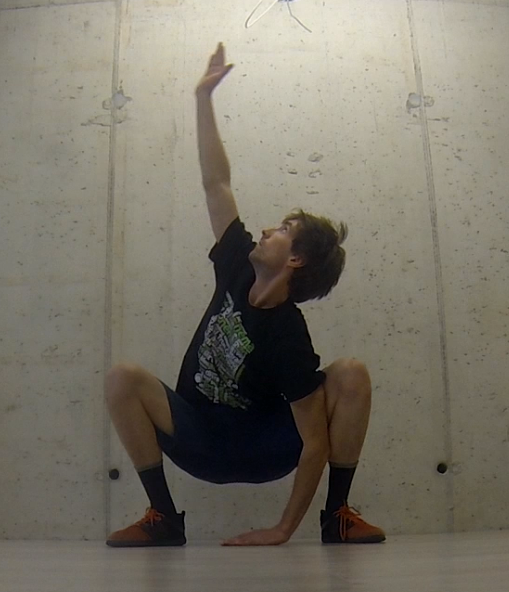Now Heart Rate monitors are Old School, that is a fact; they’ve been around a long time and these days Power Metre’s are the “holy-grail” of monitoring performance trends on the bike. But sometimes old school has it’s place, just like Steve Peat, old school can still get the job done and done well at times!
Using a HR monitor to see trends in fitness, freshness and fatigue and backing this up with Perceived Exertion as an experienced rider is still very valid. the key being consistent use of the same HR monitor!
Check out the graph below. A straight forward repeat sprint session,. Aim of the session is was to improve the aerobic capabilities of the fast-twitch or “more powerful” muscle fibres of the pedaling muscle on my actual Enduro race bike.
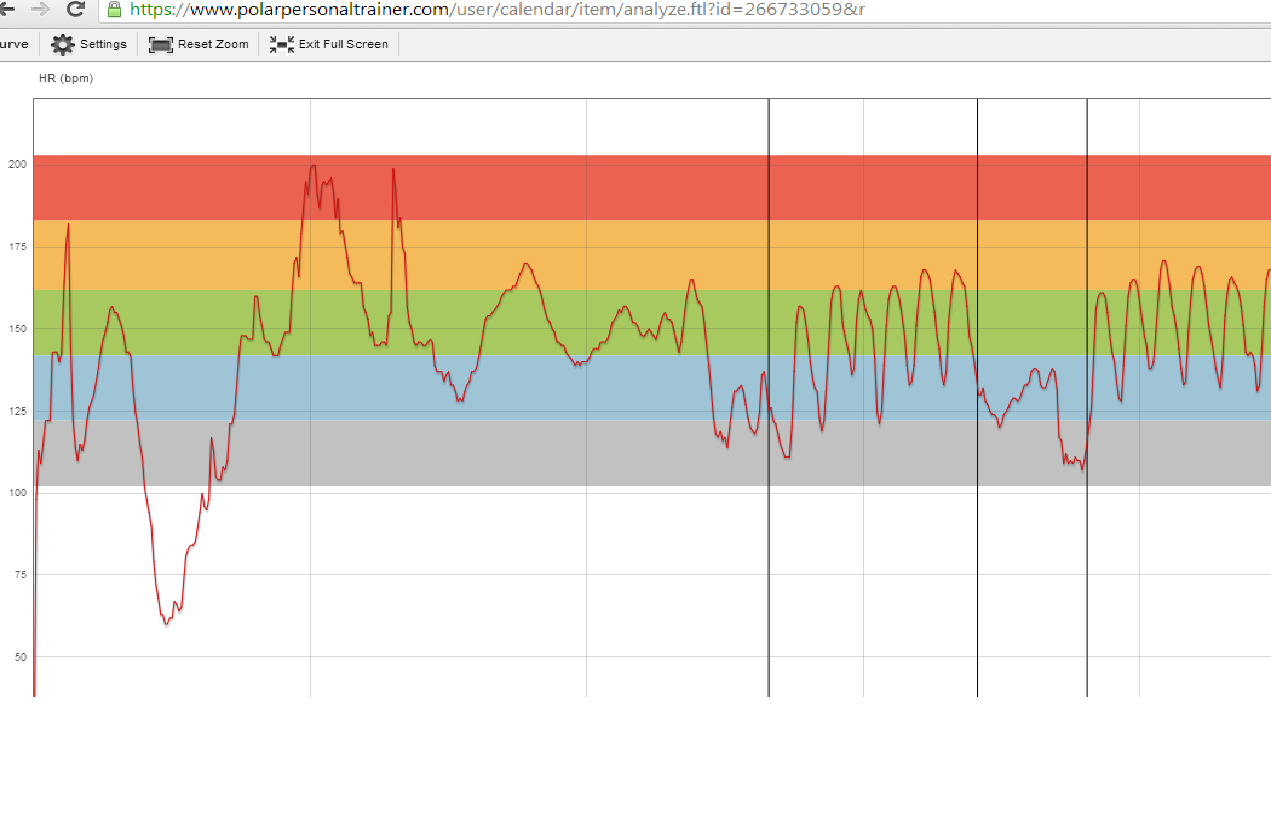
After a pretty simple 25 min warm-up, there were 2 sets of 6, 8 sec uphill sprints from a very slow rolling start. Maximum intent was given on every “sprint” and recovery between sprints was dictated by a drop to 135bpm or below. You can also see there was a 4 min rest gap between sets; active rest!
So what can a HR graph like this tell you about fitness, freshness and fatigue? Well as long as you correlate the numbers and trends with perceived exertion you can start to see some telling signs.
1. About one quarter way into the warm-up I decided to open up the taps a little on a long section of smooth trail. Going inot a slight head wind, I built up steadily over 45sec+, never feeling like a monster effort, I had a quick look at the HR monitor and I was sitting at 200bpm, a little more pressure on the cranks and I was at 203bpm. My true Max HR.
Basically being able to hit high or maximum HR’s without a monster feeling of effort usually points to good freshness and certainly gave me the green light to attack this session. A Repeat Sprint session like this needs good overall freshness but also a fresh and healthy Central Nervous System to maximise effort on each sprint, so ease of hitting high HR’s coupled with fast and “snappy” legs = Green Light!
2. The first set of “intervals” or more precisely sprints also show good freshness and pretty good general “adaptive reserves”. HR wasn’t used in this session to dictate intensity (it seldom should be really), but we can see is that following each effort HR rose and fell quickly. My body was able to quickly meet the huge demands being placed on it with each sprint and then recover after each one quickly.
What you are looking for is pretty uniform “spikes” and “troughs” in a session like this. My target recovery HR was 132bpm. Once I dropped to that I got into position and attacked another sprint.
3. Set 2 shows pretty equally good waves of effort and recovery but if you look closely you can see a wider base to each spike, meaning I was taking a little longer to reach my target recovery HR than in the first set, pretty normal really given the nature of the sprints,but also something good to use as a gauge for subsequent session, hoping to see a closer set 1 and 2 as aerobic fitness and mechanical power improve.
Obviously with other metrics like speed, cadence or better yet power we could tell even more precisely how “fresh” I was coming into this session or how it compared to previous sessions of the same type!
Having said that a €60 HR monitor can be a great tool for those on a budget or those new to the whole idea of planned, specific training.
Any questions, feel free to ask below in the comments.

